“A fairytale view of the forest, silence, tranquility, clean air. You can read, have a drink, relax in a hammock, watch deer in the evening, look at the starry sky from a deckchair at night.”
This is Palos Resort. A magical, family-run resort in an idyllic setting in Zalacsány, less than 20 km from Keszthely, where the unmatched rural atmosphere is combined with modern style and comfort.
In 2018, Pálos Resort was named one of the 28 best hotels in Europe, winning the International Hospitality Awards in the Best Etno Hotel category.
The hotel contacted the team at HotelHood at the beginning of the year with a request to help them boost pre-season traffic, primarily through the hotel’s direct channel.
Through direct bookings on their own website, they can get more bookings cheaper, without OTA commission costs. On the other hand, they also have the opportunity to further grow their guest database through their direct channel.
The latter is particularly important in the world of marketing without cookies.
Results of the campaign so far:

What is a successful recipe for increasing direct bookings?
The main goal of the campaign is to increase conversion, so we primarily address the target audience who is in the middle and end of the conversion funnel: they are most interested in the property. And from the beginning of the conversion funnel, we’re targeting people we know are planning a trip. They will be the ones who are most likely to book.
Let’s take a step-by-step look at the focal points of our campaign.
1. Banner and video ads for those interested in travel
With ads aimed at those interested in traveling, we reach people who have shown a desire to travel but have not yet decided where they want to go.
This type of ad is aimed at those at the beginning of the conversion funnel: we target people who are not yet familiar with the hotel. At the same time, we can reach them precisely when they are planning a trip, which is at the best moment, so in addition to branding, we can also increase the chances of booking.
2. Search ads for those interested in the hotel
Today, the typical online guest route starts with the search engine. More than 90% of the time, it specifically starts with Google.
If you are not present here with your own ad, for those who are already searching specifically for your hotel, you can only appear in the fourth place for the first time. You’d be listed after advertisements from OTAs, who almost certainly advertise with your hotel name.
In the case of Pálos Resort, this first critical point was protected by appropriate Google search ads, which in most cases put the property at the top of the search results.

The above ad runs with a click-through rate of nearly 50%, meaning that every second person who sees it comes to the property page.
Due to the special nature of the accommodation, in addition to its own reputable advertisements, the resort also appears for keywords built around the “special accommodation”, which also produces an above-average click-through of 20%.
3. Conversion incentives on the hotel website
A critical point in the search for accommodation is the hotel’s website itself, where many hotels lose bookings. Even if the website is user- and mobile-friendly – so easy to use on any device – getting bookings on the website still proves difficult.
In this case you will have to compete not only with your competitors, but with OTAs. Your website needs to offer more and better offers in order for the visitor to book directly on your site.
On the Pálos Resort site, new visitors, who we know are already checking the prices on the site (by clicking the Prices or Request a quotation button), will receive a Secret Offer. By registering for this offer, we encourage them to book with a coupon entitled to a discount of HUF 5,000.
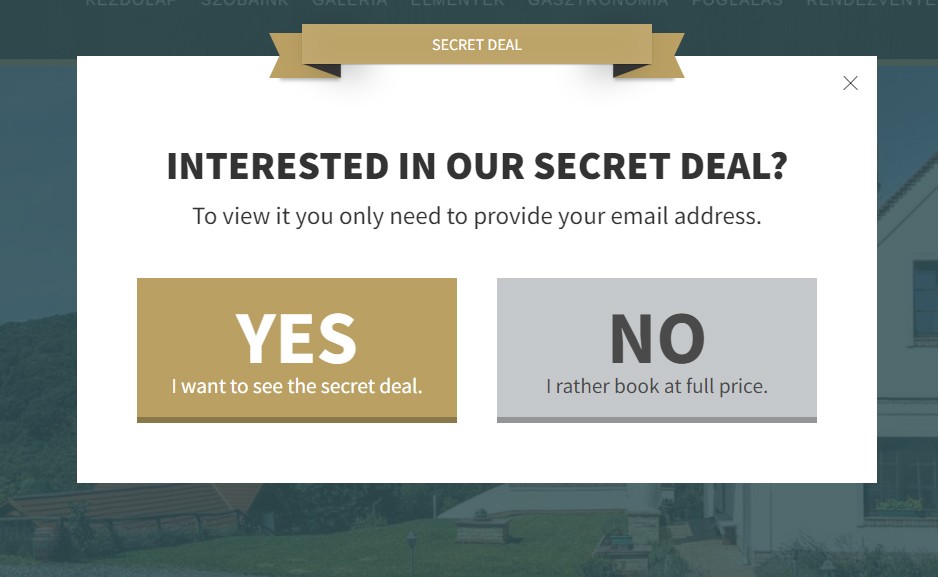
Secret offer-type incentives are highly effective not only because they increase the booking rate, but because we engage and subscribe to valuable guests who are most likely to book in the future.
The efficiency is shown by the fact that during the campaign 3,500+ visitors registered for the secret offer and signed up for the newsletter of Pálos Resort:

To increase the coupon redemption rate, registrants are also reminded to redeem their discount by a reminder bar.
We also try to encourage visitors who are about to leave the site to book. We convince them to look at the best prices in the hotel and book with the advantages of direct booking.
Thanks to these pop ups that appeared on exit-intent, Pálos Resort was able to get more than 900 visitors to click through to direct booking.

4. Remarketing, i.e. persuading those who leave without booking
What happens to those who do not book? We won’t let them go forever. After all, they may still be in the decision-making phase, or they may simply have been distracted, but they would come back later and would like to book directly.
We run Google and Facebook remarketing ads for these target audiences, where we can reach them with the hotel offer while they are browsing other websites.
Remarketing ads also focus on the best price and the best booking conditions. This also encourages visitors to book directly on the property’s website.
The results
As you’ve seen at the beginning of this article, our strategy has worked, our campaigns have been running with outstanding results and the occupancy has far exceeded the previous year:
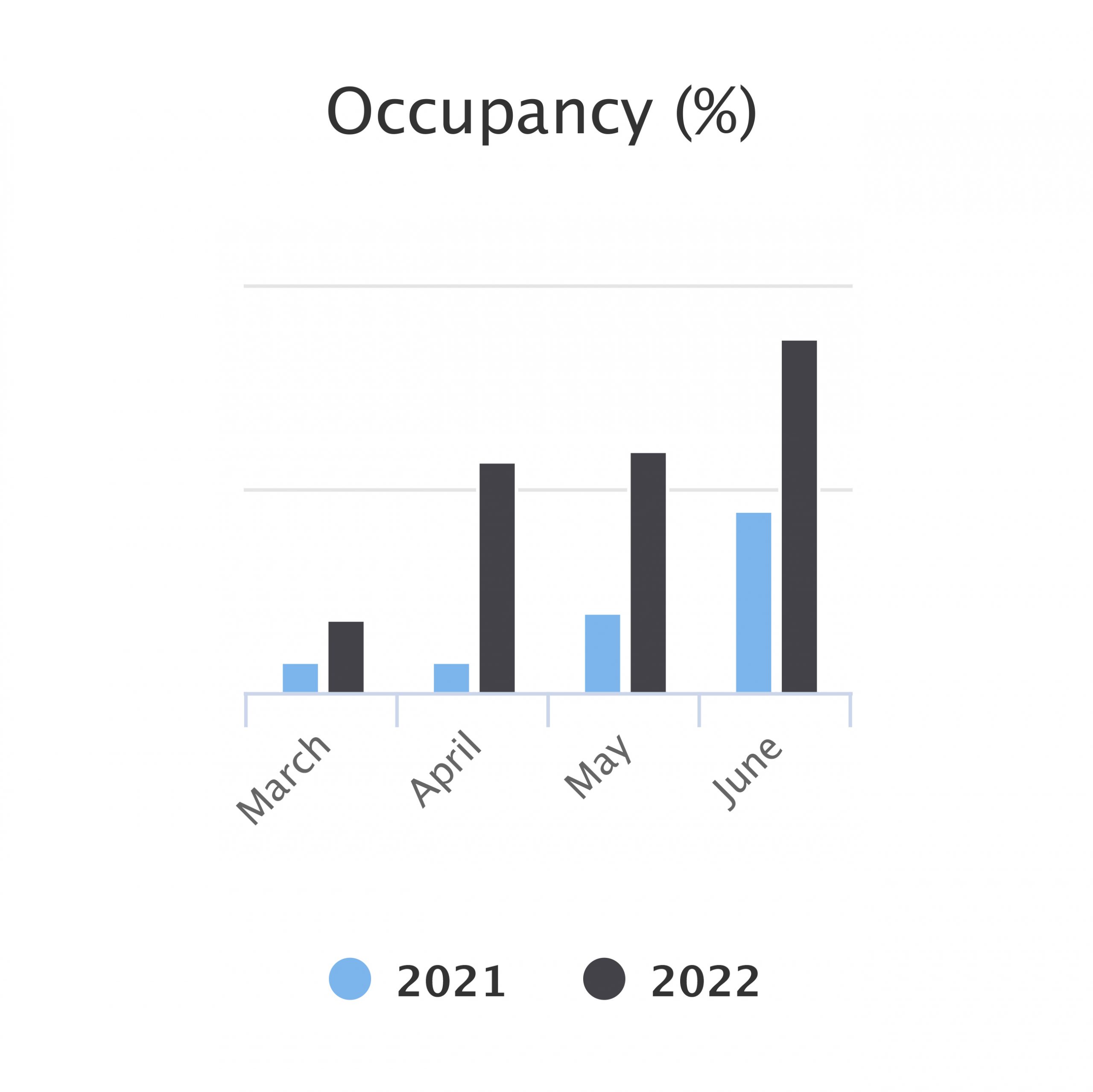
In just two months, occupancy increased by 260% in the pre-season period, compared to the previous year, thanks to advertisements and incentives running on the website.
So far, 3,500 visitors have subscribed, including 2,700 in the last two months of the campaign.
Site visits have exploded thanks to the campaign. However, the quantity did not come at the expense of quality, as visitors produce good quality indicators. With a low bounce rate of 41% (the proportion of those who left the landing page), visitors view an average of 2 pages and spend more than a minute on the site.
Even better are the indicators of visitors who have interacted with our popup messages on the website. They viewed more pages and spent significantly – 2 minutes more – time on the website:


Do you have a question or would you like to try this method?
If you have any questions about the campaign or would like to test our strategy, book a free consultation with our direct booking expert:
You may also be interested in:
What a cookieless world means for your hotel marketing and how to prepare for it?
Cookies have always been the online advertising industry’s main method to retarget customers. But soon we’ll have to say goodbye to 3rd party cookies, as by 2023, marketers will be living in a cookie-less world. Joining its competitors, Firefox and Safari, Google...
The most important hotel digital marketing tools in 2022
Do you remember the times when you had to walk to the phone booth to call someone? Or when we had to go to the library to gather material for our thesis? Or that travel agencies used to send reservations by fax? If your answer is no, then you’ve probably grown up in...
How to increase your revenue with personalized messages
According to a Hubspot survey, personalized and relevant content is no longer just a nice gesture to customers nowadays, it’s something that most people expect. Consider how customization has become an integral part of your daily life! When you sign in to your Youtube...
By hotel type

City hotels

Resort hotels

Hotel chains
By method

Facebook and Google Ads managemenet
Hotel website personalization

Email marketing & automation
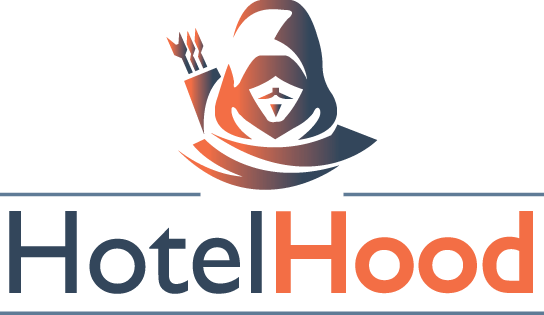
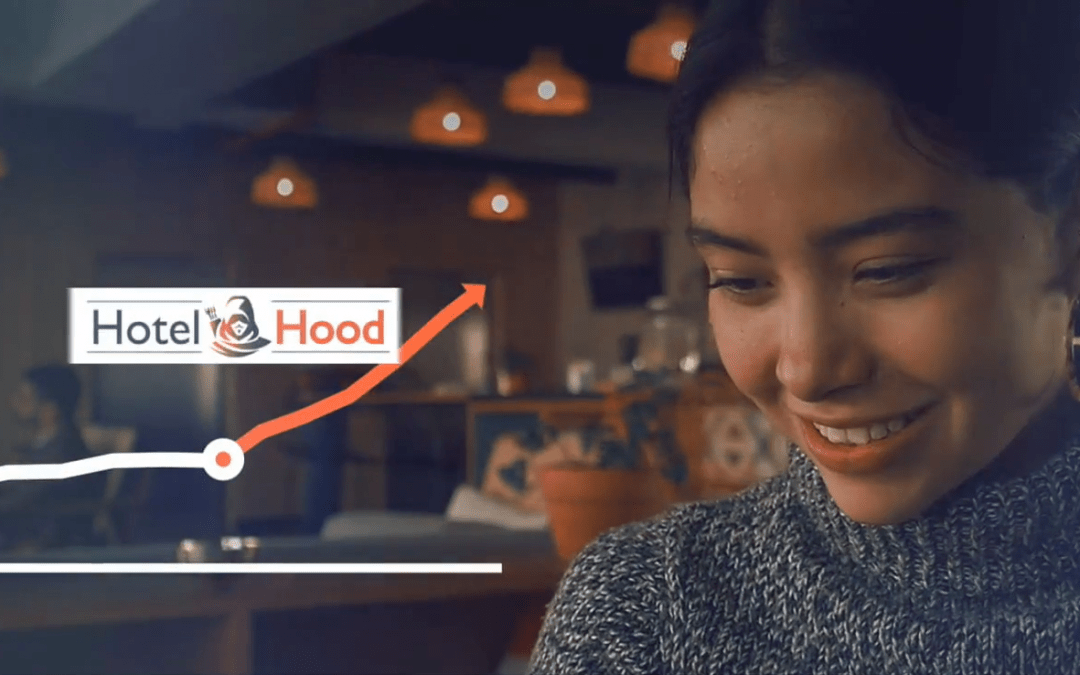
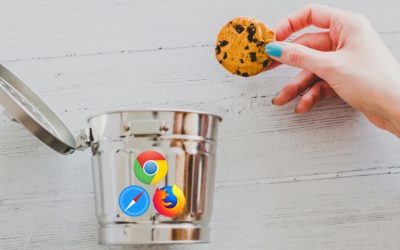


Recent Comments